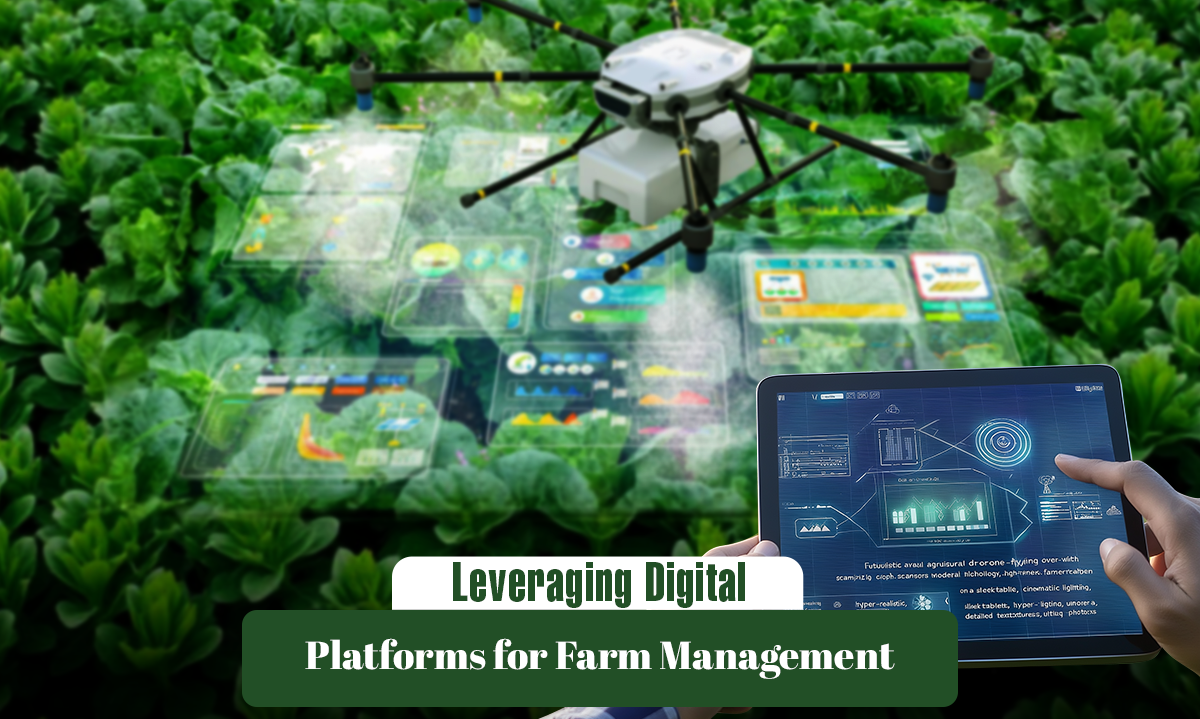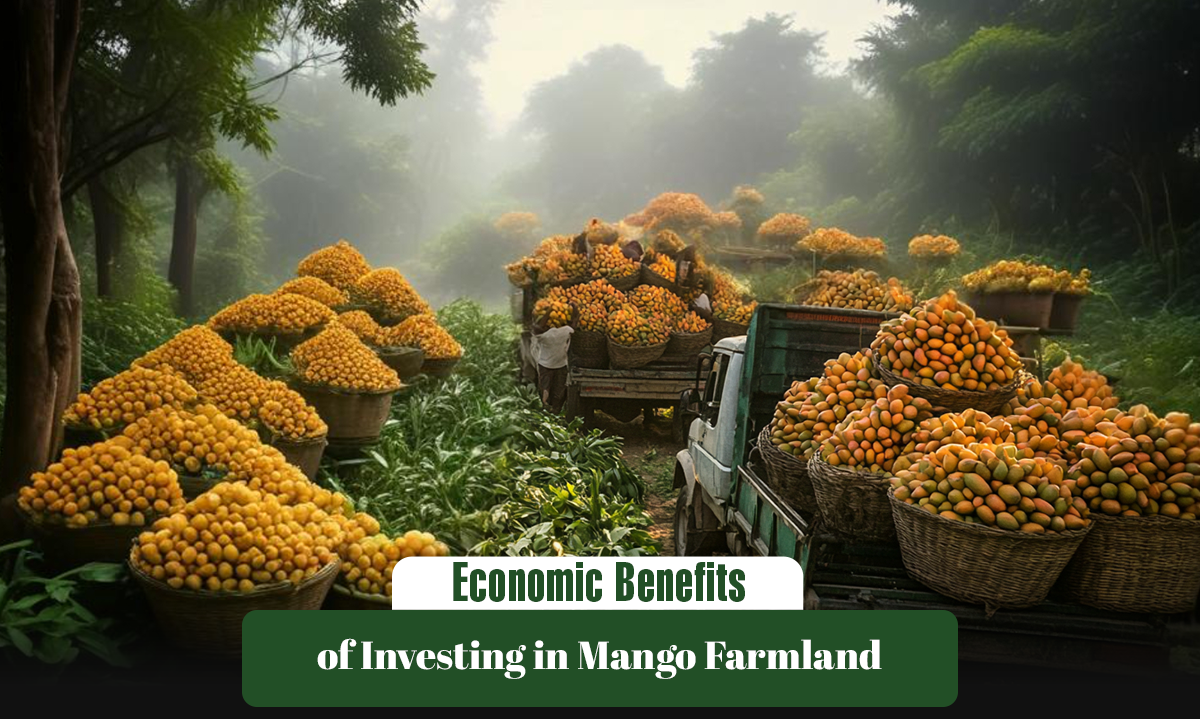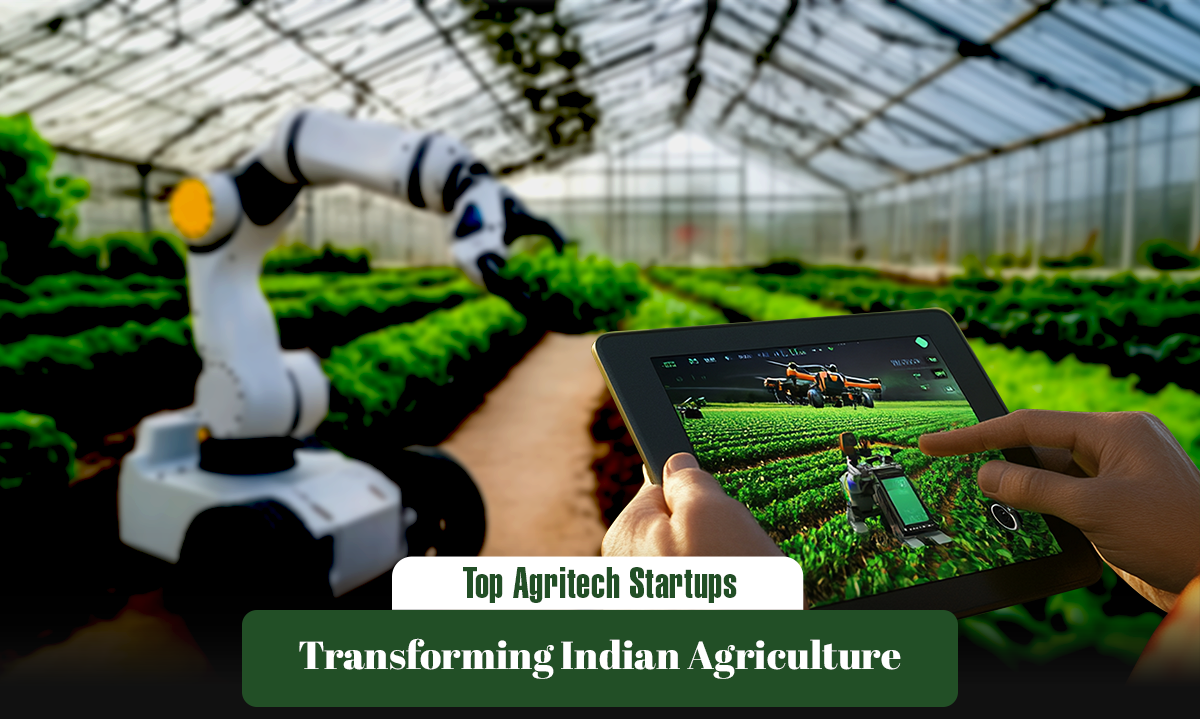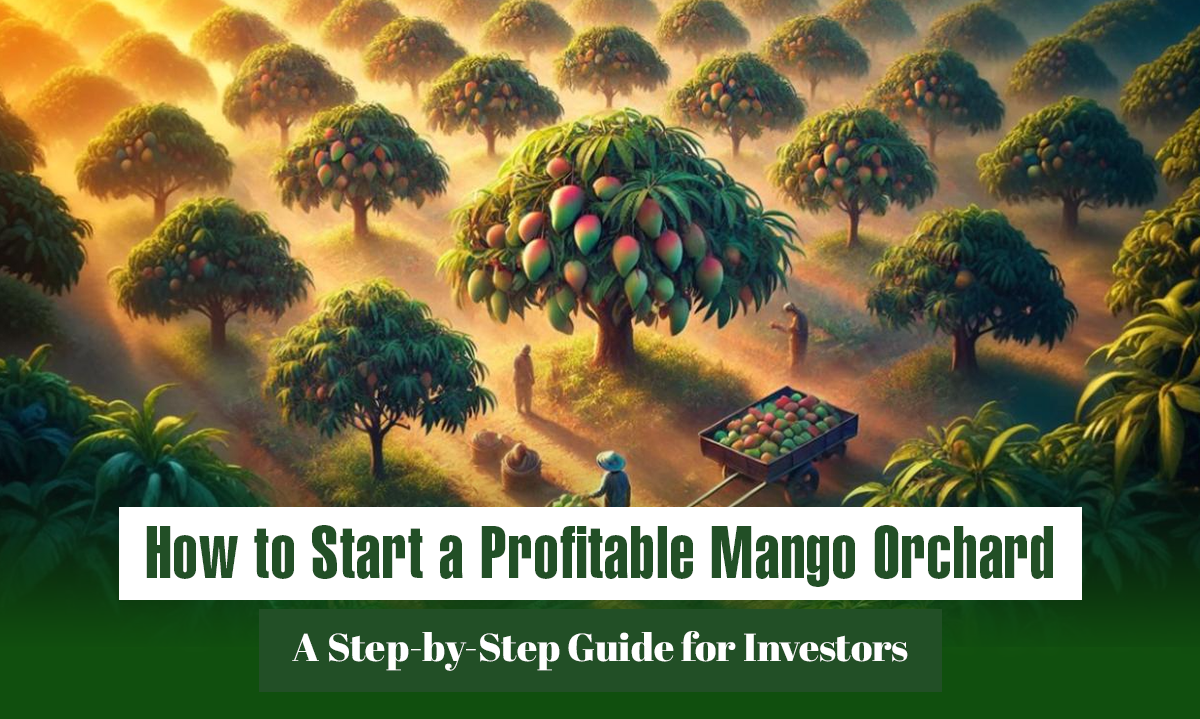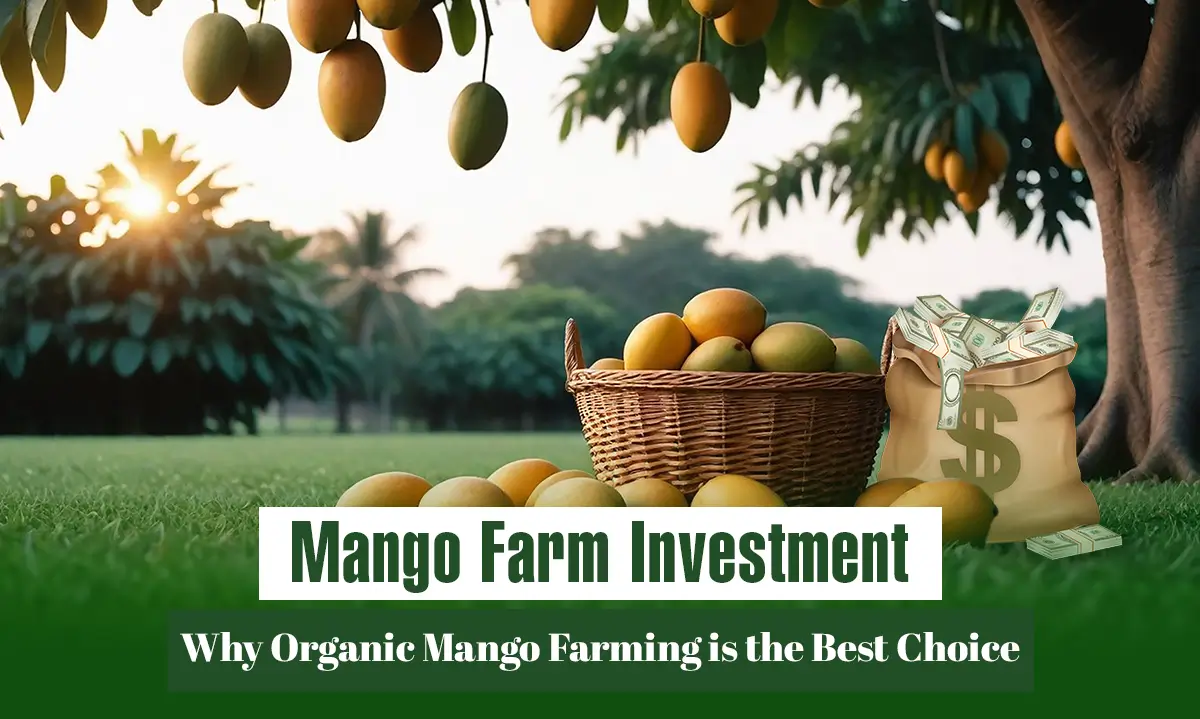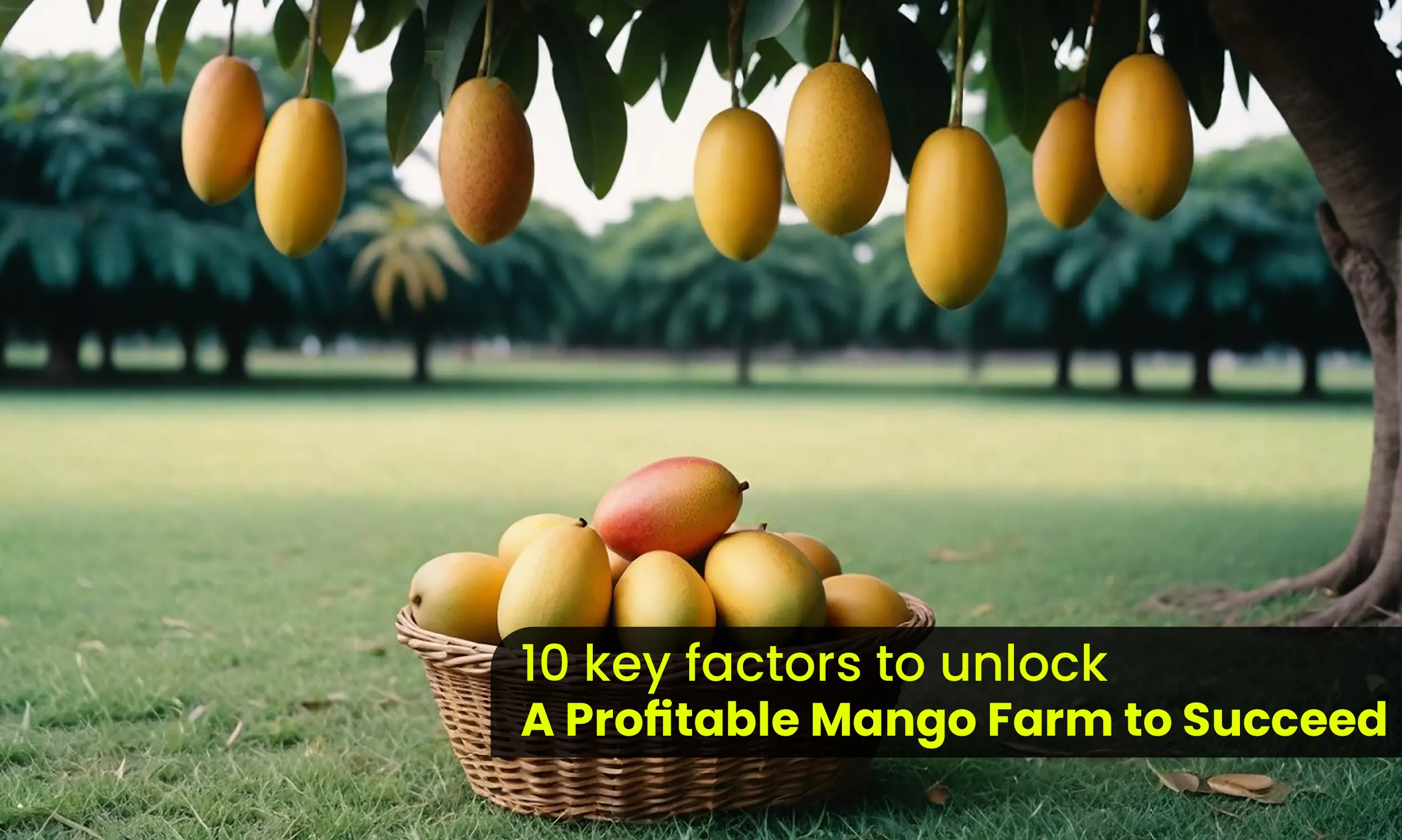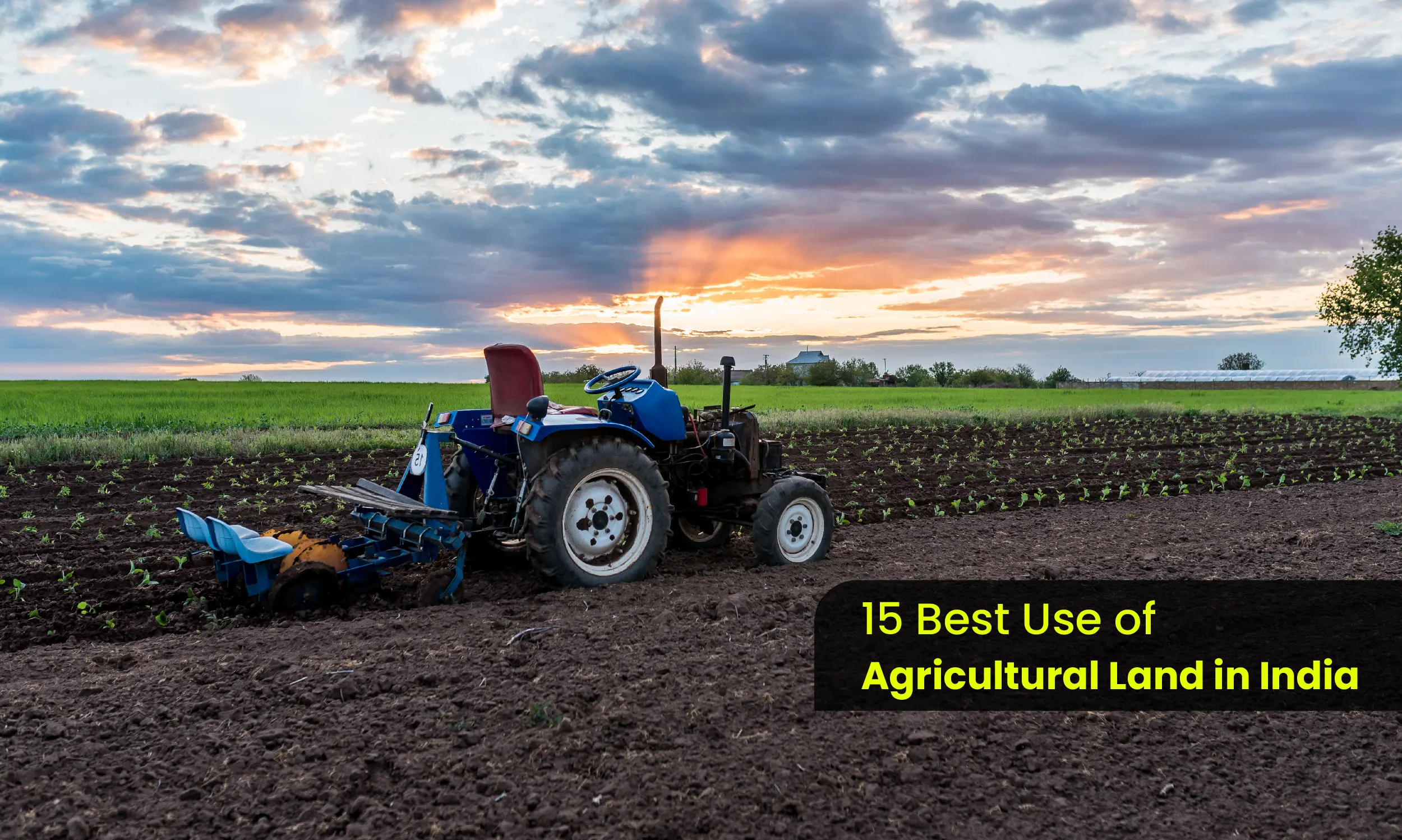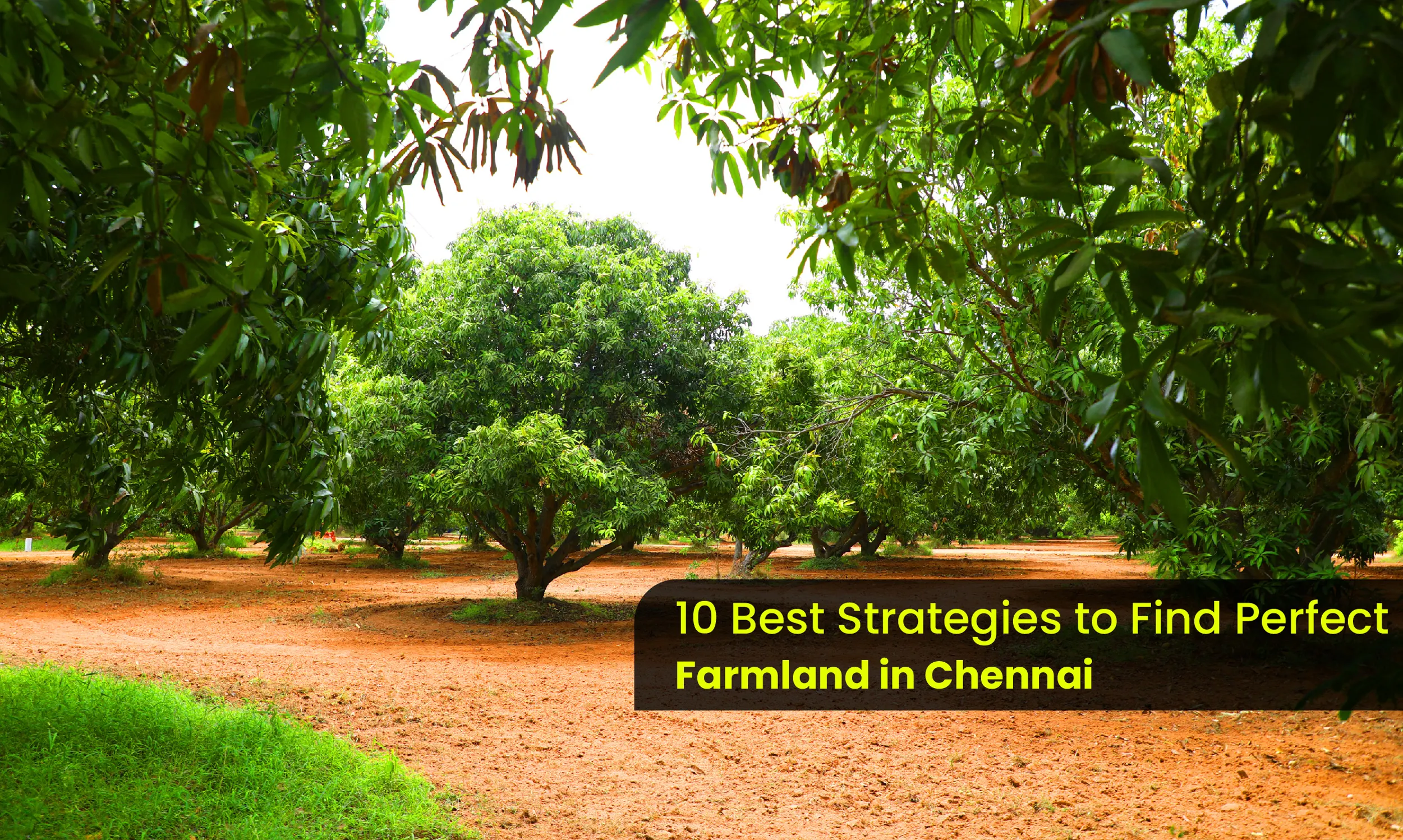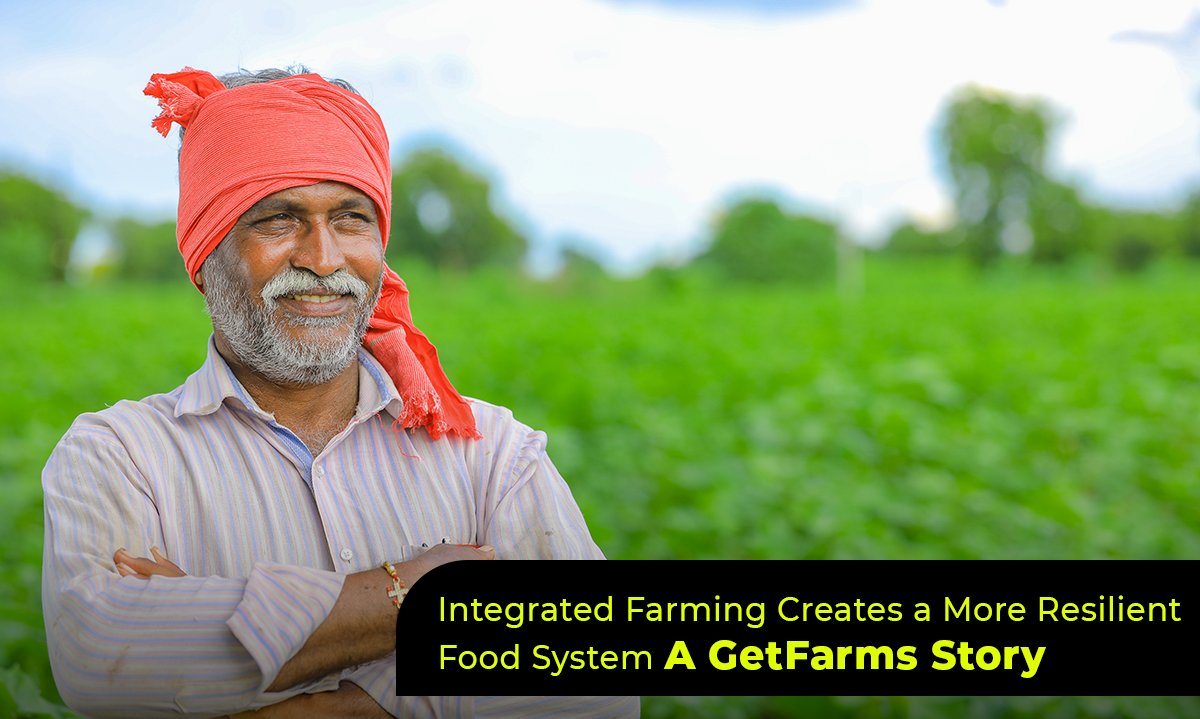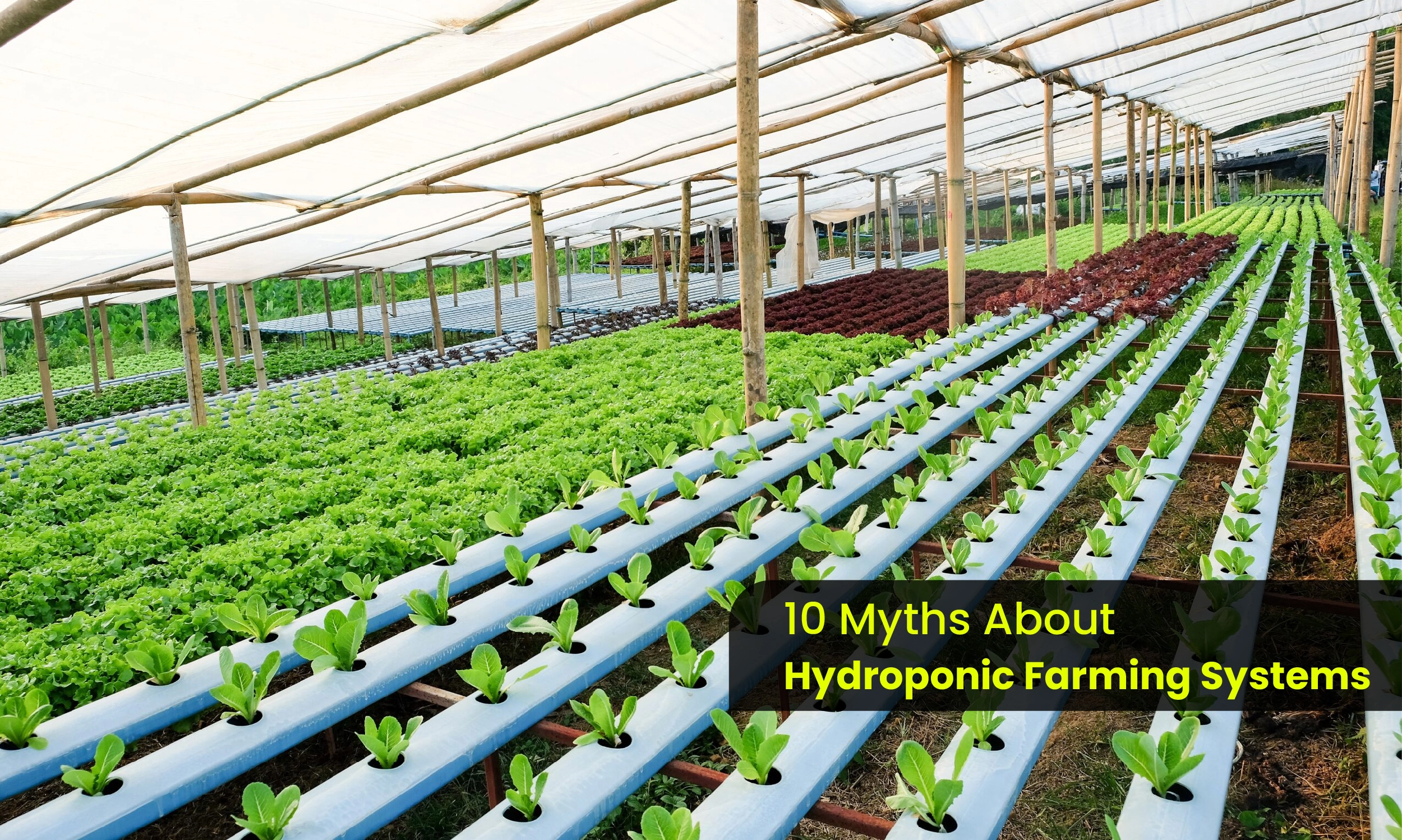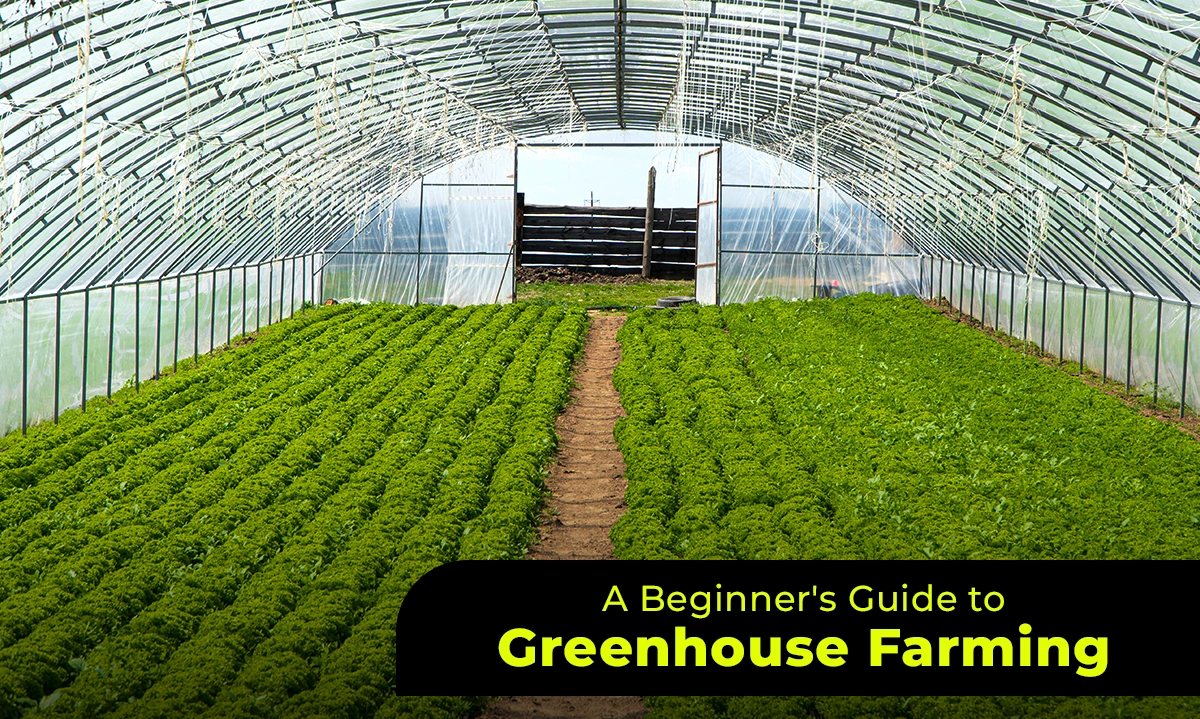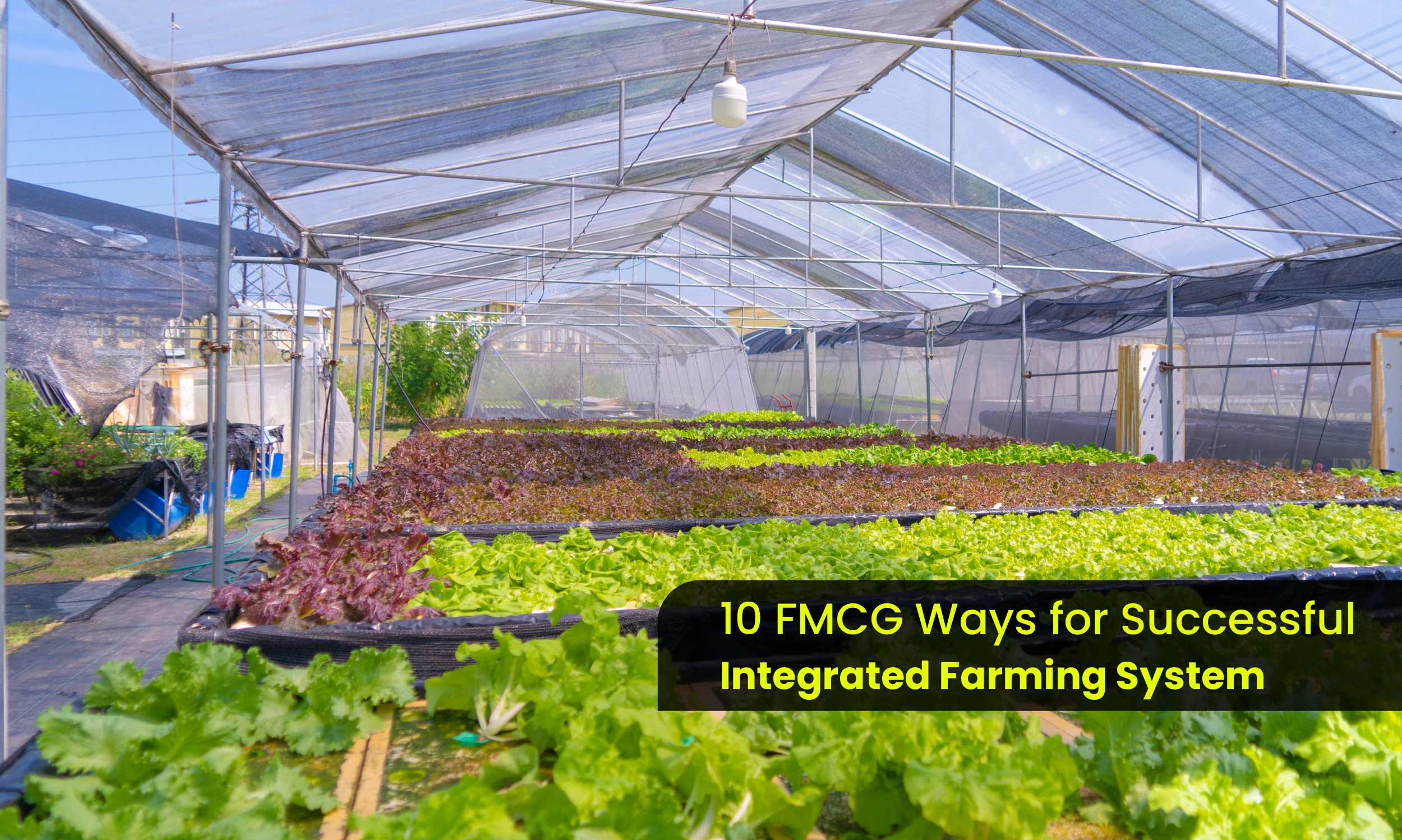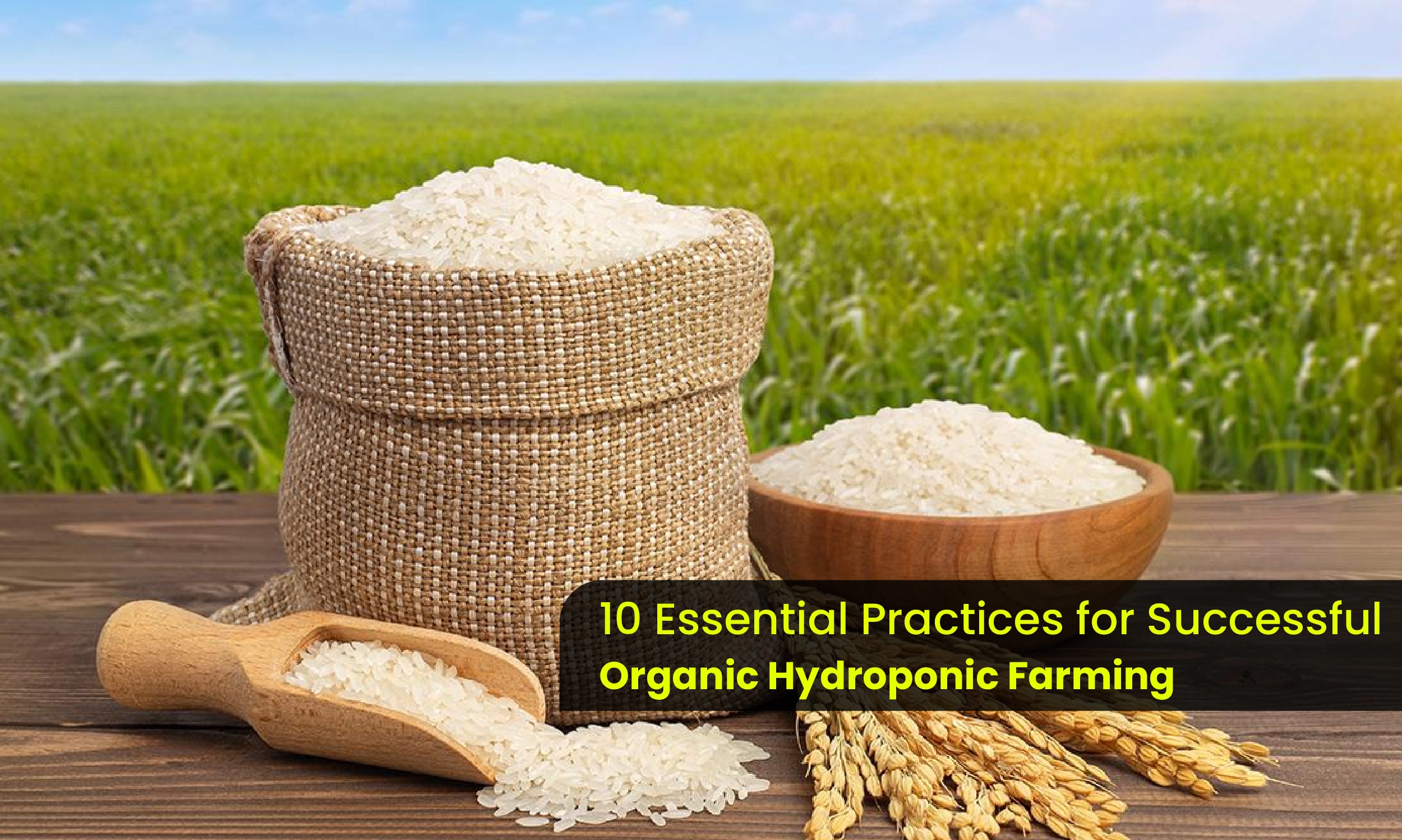Top Tips for Enhancing Mango Farm Productivity in India
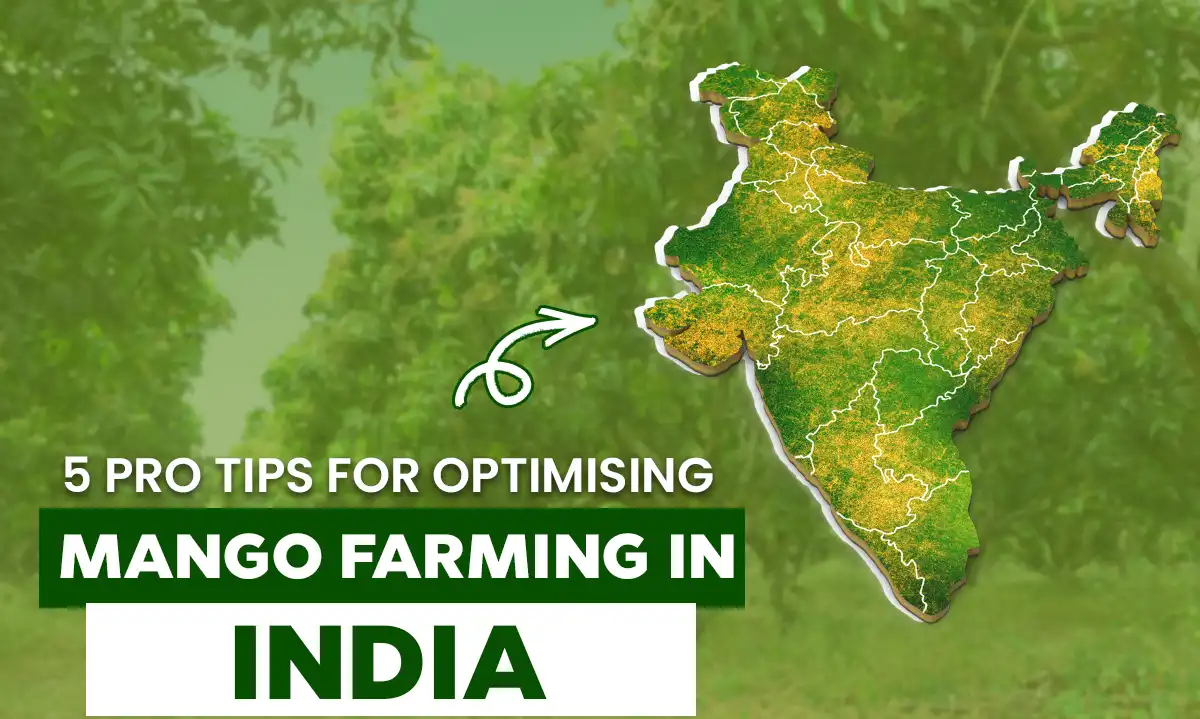
India's agricultural legacy and economy revolve mostly on mango farm land. Adopting modern farming methods becomes vital for maximising productivity and enhancing fruit quality as the demand for premium mangoes rises both domestically and internationally. Designed to help farmers maximise output, guarantee sustainability, and properly satisfy market needs, these five pro recommendations will help mango farming in India run as best as it might.
1. Adopt Ultra-High-Density Planting (UHDP)
Offering a notable rise in output, Ultra-High-Density Planting (UHDP) is a radical departure from conventional mango farming methods. Conventional techniques position mango plants 10-12 metres apart, therefore restricting the number of trees per hectare and postponing fruit output. On the other hand, UHDP entails planting trees significantly closer together—between two and three metres apart, enabling a greater density of trees per hectare. This method not only optimises land use but also speeds up the beginning of fruiting, therefore increasing the returns on investment.
Using UHDP calls for both meticulous preparation and execution. Varieties ideal for high-density planting, such dwarf or semi-dwarf mango trees, which are better under control in a dense layout, should be chosen by farmers. Support the growing number of trees and guarantee their best development via proper irrigation, fertilisation, and insect control. Furthermore, UHDP calls for a strong orchard management system to meet the high demand for specialised care for a high-density planting; this includes frequent monitoring and tree health and productivity maintenance through changes.
2. Use Grafted Saplings
Achieving consistency and quality in mango output depends on developed seedlings. Unlike seed-grown trees, which could show great variation in fruit traits, grafted saplings provide consistency and dependability. Attaching a cutting from a high-yielding, disease-resistant mother tree to a rootstock guarantees that the new tree inherits desired features including early fruiting and resistance to common diseases and pests.
Farmers should choose grafted saplings from reliable sources and kinds well-known for their adaptation to local conditions and market preferences if they want best outcomes. The success of grafted saplings depends critically on investing in premium grafting methods and guaranteeing correct care during the establishing phase, including sufficient watering, fertilisation, and insect control. Using grafted saplings allows farmers to more successfully meet market needs by improving the productivity and fruit quality of their orchard.
3. Implement Drip Irrigation
Maximising mango farmland depends on effective water management, especially in areas experiencing erratic rainfall or water shortage. An innovative technique called drip irrigation guarantees constant moisture levels by delivering water straight to each tree's root zone, therefore greatly lowering water waste. In high-density orchards, where conventional irrigation techniques could cause unequal water distribution and enhanced weed development, this technology is particularly helpful.
By up to 50-70% water savings, drip irrigation systems also allow exact fertilization where nutrients are provided along with water, therefore enhancing nutrient absorption and lowering the risk of over-fertilization. Farmers should design their drip irrigation system depending on elements such soil type, tree age, and local climate variables in order to apply a successful one. Maintaining system performance and support of tree health depends on routine maintenance including obstruction detection and even water distribution assurance. Through more effective water and fertiliser management made possible by drip irrigation, growers can produce better trees and greater harvests.
4. Prune Regularly
A basic habit in mango growing, regular pruning helps control tree size, enhance fruit quality, and maximise area use. Pruning helps to improve air circulation, increase sunshine penetration, and stimulate fresh growth all of which help to lower disease risk and improve fruit quality. Regular trimming is especially crucial in high-density orchards where space is limited to guarantee that every tree gets enough light and air flow.
Usually following harvest, pruning should be done in the dormant season to cut dead, diseased, or crowded branches and help the tree to be shaped for best development. Higher quality fruit and more effective orchard management follow from a structured pruning program helping to preserve ideal tree health and output. Pruning also helps with other orchard maintenance chores and simpler harvesting, therefore increasing the general operational effectiveness.
5. Adopt Integrated Pest Management (IPM)
Affecting both output and fruit quality, pests and diseases provide major difficulties for mango growing. Combining biological, cultural, and chemical techniques, integrated pest management (IPM) is a complete strategy meant to sustainably lower pest numbers. Regular population monitoring of pests helps farmers to spot and solve problems early on, therefore lowering the demand for chemical treatments.A healthy ecosystem within the orchard can be maintained by means of biological controls including the introduction of beneficial insects that feed on pests. Reducing pest pressure also comes from cultural techniques such crop rotation, keeping appropriate sanitation, and utilising resistant cultivars. When chemical pesticides are required, they should be used sparingly and with aim to reduce environmental damage. Adopting IPM guarantees that mangoes are grown responsibly, lowers reliance on chemical pesticides, and guarantees a better surroundings.
Conclusion
Maximising mango farmland in India calls for a mix of conventional wisdom and modern methods. Farmers can greatly increase their output, fruit quality, and general orchard health by using grafted saplings, Ultra-High-density Planting, drip watering, consistent trimming, and Integrated Pest Management. These methods not only increase the sustainability and effectiveness of mango farming but also assist to satisfy the rising domestic and international market for superior mangoes. Accepting these cutting-edge techniques lets farmers modernise their businesses while still honouring the rich legacy of mango farmland. Maintaining educated knowledge about and application of best practices will guarantee ongoing success and expansion in the competitive agricultural environment as the mango sector develops.
Latest blogs
JOIN OUR COMMUNITY !
Stay connected with Getfarms! Follow us on social media for the latest updates, exclusive offers, and a glimpse into the world of farmhouse living. Join our community today
